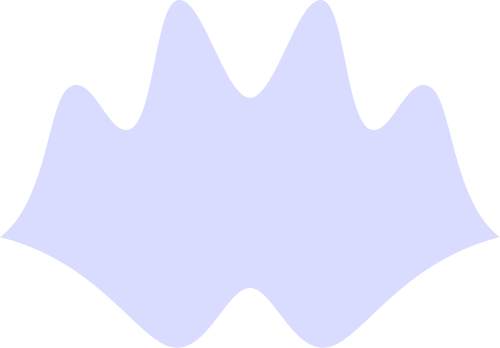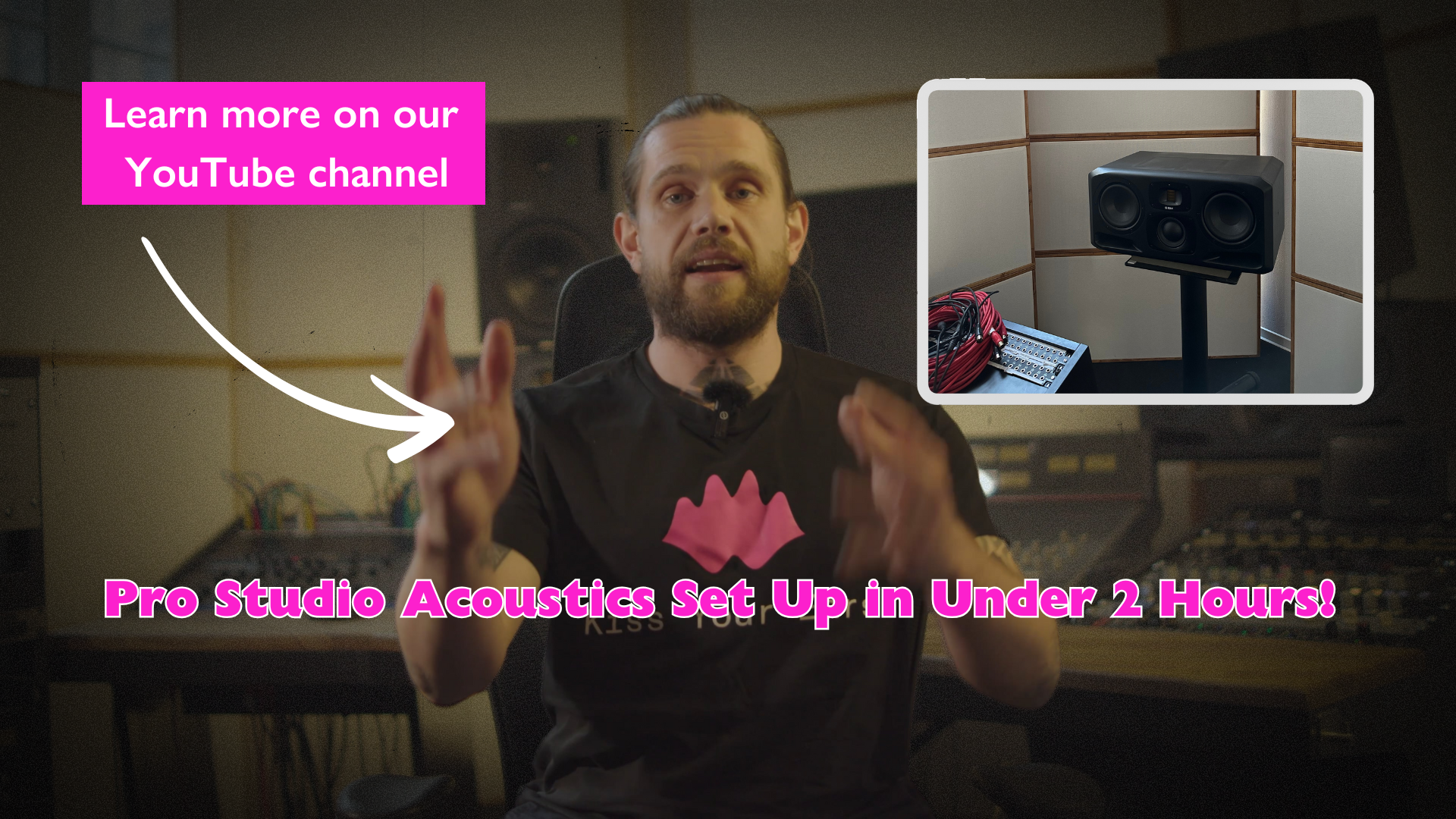How many do I need and where should I put them?
How Many Bass Traps Do I Need?
You can turn any standard room in your home into a pro studio with this simple formula. Welcome to the revolution.
How many?
Go as far as you can afford. You need more than you think, but the good news is we have made that solution available and affordable. You can get to much better results than previously thought. The more you add, the better your studio’s bass response will be. The more you add, the lower they will resolve issues, and the tighter they will make the bass as well as the rest of the spectrum along the way. You will not end up having a “dead” sounding room. That comes from under-absorbing low frequencies compared to high frequencies. Our solutions don’t have that problem.
We have created a data-driven system for getting to Pro results in almost any room that even a monkey can use! For more complex rooms, there are further stages, but that's not necessary for the vast majority of clients. This is the game changer. Our bass traps are ultra-optimized.
Budget Considerations:
No matter what your budget is, you can add some KK traps and they will improve your situation. You can add more later. Even if you have no space left after the last treatment you did, you could replace that treatment with KKs and still achieve an improvement.
Any pics you see of any particular setup is a work in progress until all corners and reflective wall surfaces are covered. These things transform normal rooms into world-class studios. Prioritize corners. Then, early reflection points. The side of the room you work at should be more heavily treated until you do the whole thing. This concentrates and maximizes the impact of this method. There's always room for improvement. Invest in yourself already!
“How many” is more important than “where” because low frequencies are omnidirectional… So, How many…?
To determine the number of bass traps for low-frequency control, you need an amount of absorbent proportional to the 3D volume of space in your room. We've simplified the calculation for you into a simple 2D model based on our King Kong series:
- Minimum / production studio: 1 x KK per m*2 of floor space
- Basic / production studio: 1.2 x KK per m*2 of floor space
-
Professional / mixing studio: 1.5 x KK per m*2 of floor space
(this is where most customers aim for, it's the real "sweet spot" for getting to a professional result on a budget). - Advanced / mastering studio: 1.7 - 2.0 x KK per m*2 of floor space
It's a game of depth, density, surface area, and positioning. We have already taken care of the depth and density question. You just have to add the surface area.
The most important thing is simply an adequate volume of correctly engineered MASS being brought into the volume of space.






